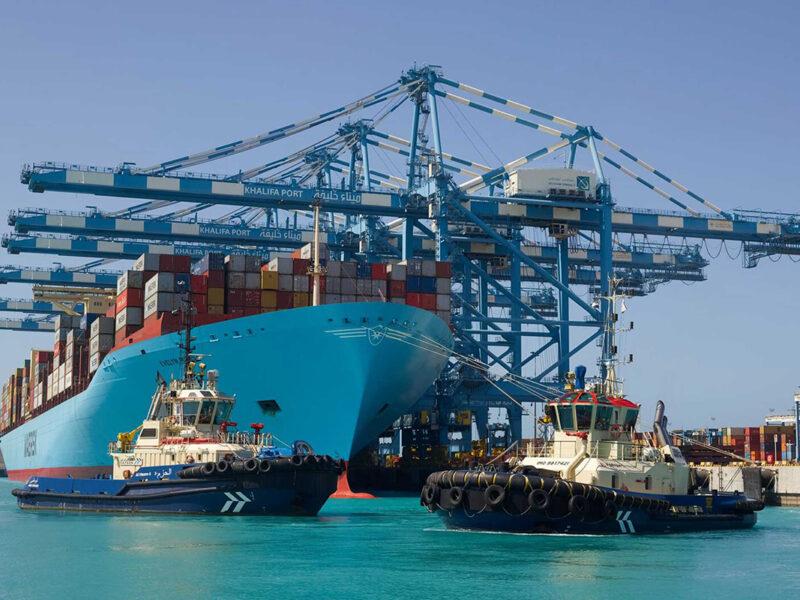Saudi Arabia’s dependence on dividends paid by state-controlled oil giant Aramco to delay spending cuts is not sustainable and the kingdom may face challenges to keep its debt/GDP ratio under control, according to a leading analyst.
Eirini Tsekeridou, fixed income research analyst at Julius Baer, told Arabian Business that Saudi Arabia will only be able to deliver a balanced budget in 2023 as the economy struggles with the impact of coronavirus.
Saudi Arabia has recently published its 2021 pre-budget statement with the final version to be released in December.
In it, Saudi Arabia expects a budget deficit in 2020 close to 12 percent, declining to 5.1 percent of GDP in 2021, and be balanced only by 2023.
The kingdom has also adjusted its overall spending for 2020 by about 2 percent of GDP as the planned spending cuts – such as cancellations and delays to projects, cuts in operating expenses, the suspensions of the cost of living allowance – will be offset by the additional spending on healthcare and supporting the domestic economy amid the ongoing challenges posed by the global pandemic.
Tsekeridou said the kingdom expects a rebound in government revenue in 2021, and a 12 percent decline in government spending over the next three years, viewing 2020 as a one-off, without any impact in the medium-term.
“The higher government revenue is assumed to come from the high dividend paid to the state by the national oil company, enabling Saudi Arabia to delay large spending cuts. However, it is not a sustainable solution after next year as oil prices remain low and the cash buffers of the national oil company are eroding. Saudi Arabia will continue tapping the market to maintain an adequate level of reserves and diversify its investor base,” noted Tsekeridou.
In August, Saudi Aramco said it was pressing ahead with a plan to pay $75 billion in dividends this year even as profit slumped and debt surged.
Saudi Arabia generates most of its revenue from crude and its budget deficit of 12 percent would be the widest since 2016, adding pressure on Aramco to maintain dividend payments.
Aramco’s rivals including BP and Royal Dutch Shell have cut their dividends.
“It remains important that the spending cuts envisaged in the budget are implemented closely, delivering the fiscal deficit re-duction and keeping the debt/GDP below 40 percent, which is material for the rating. However, it will prove challenging in a weak economic environment with low oil prices,” she added.

The analyst said that while Moody’s does not challenge the kingdom’s A1 rating yet, it maintains the outlook on negative, expecting the fiscal deficit to remain wide.
Her comments come as Saudi Arabia grapples with soaring inflation during the third quarter of 2020, reflecting the impact of higher VAT since July.
The VAT, introduced in 2018, was increased to 15 percent from 5 percent.
Latest data from the General Authority for Statistics (GaStat) showed that prices rose by 5.7 percent year-on-year in September, and declined by 0.2 percent month-on-month.
Saudi Arabia’s finance minister in May announced that the kingdom would triple its value added tax and halt monthly handout payments to citizens in new austerity measures amid record low oil prices and a coronavirus-led economic slump.
At the time, Mohammed Al Jadaan warned of “painful” and “drastic” steps to deal with the double shock of coronavirus and record low oil prices.
Saudi Arabia, the top crude exporter and the Arab world’s biggest economy, shut down cinemas and restaurants, halted flights, and suspended the year-round umrah pilgrimage in a bid to contain the deadly virus.
Saudi Arabia has extended by three months a stimulus program to help businesses still struggling to recover from the effects of Covid-19 but has rolled back its scope.
The initiative, which was due to expire in October, will now continue until January and will support half of all Saudis working in an organisation still affected by coronavirus, sectors including travel, sports and entertainment.
The program originally covered 70 percent of Saudi employees in firms with over five workers, and applied to a wider swath of activities across the private sector.









